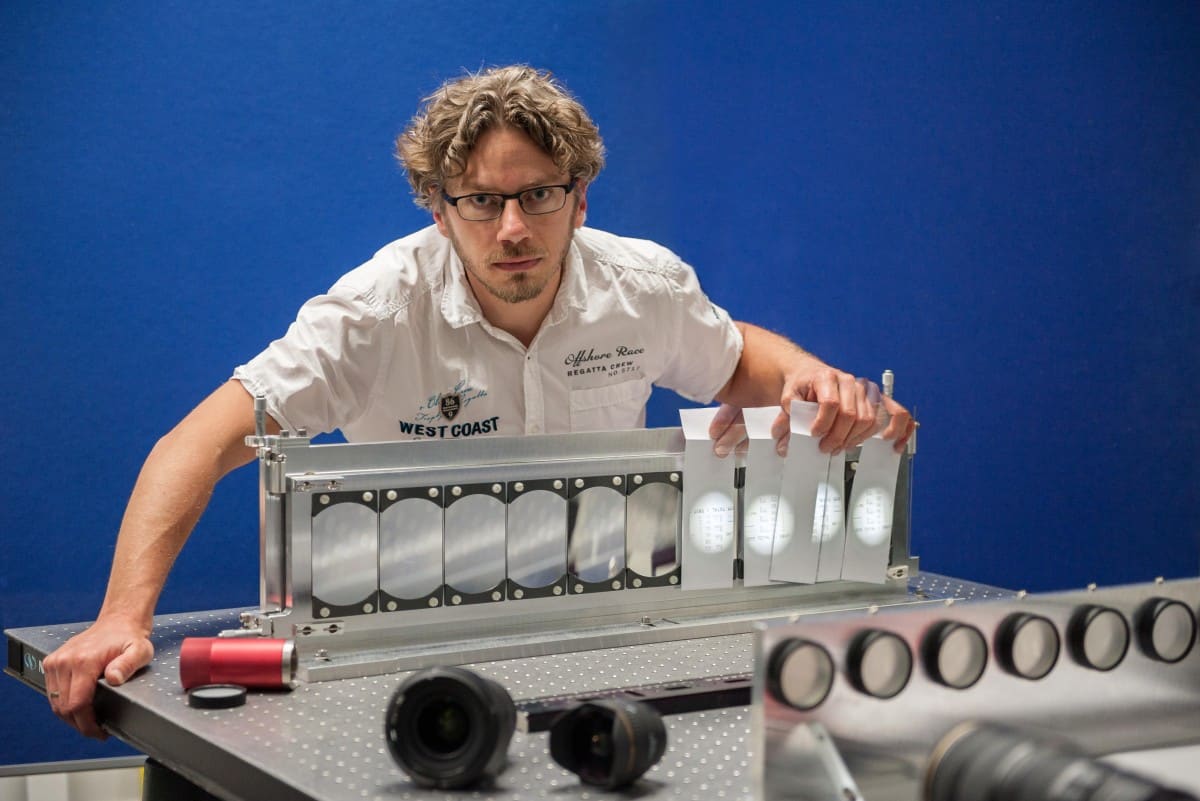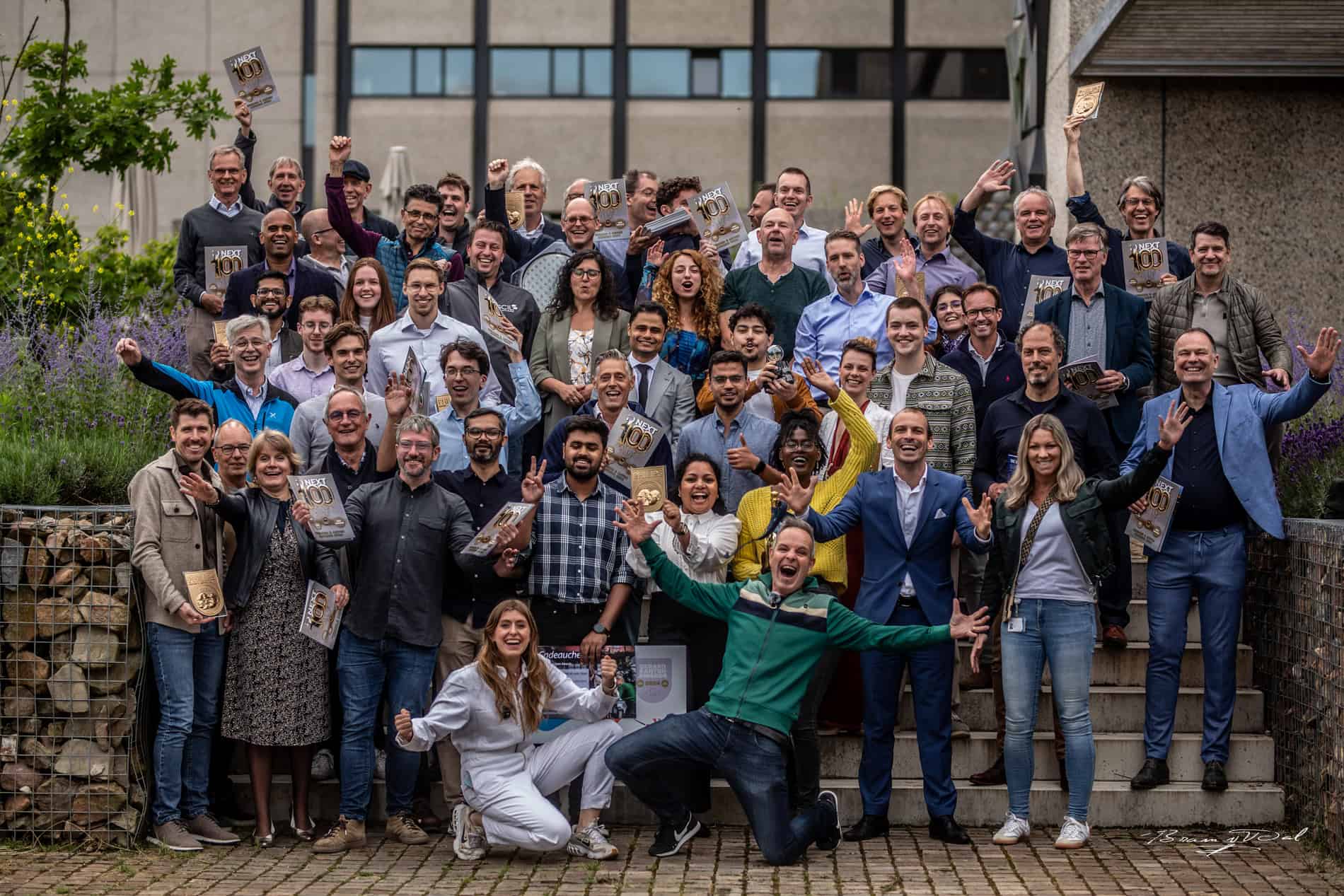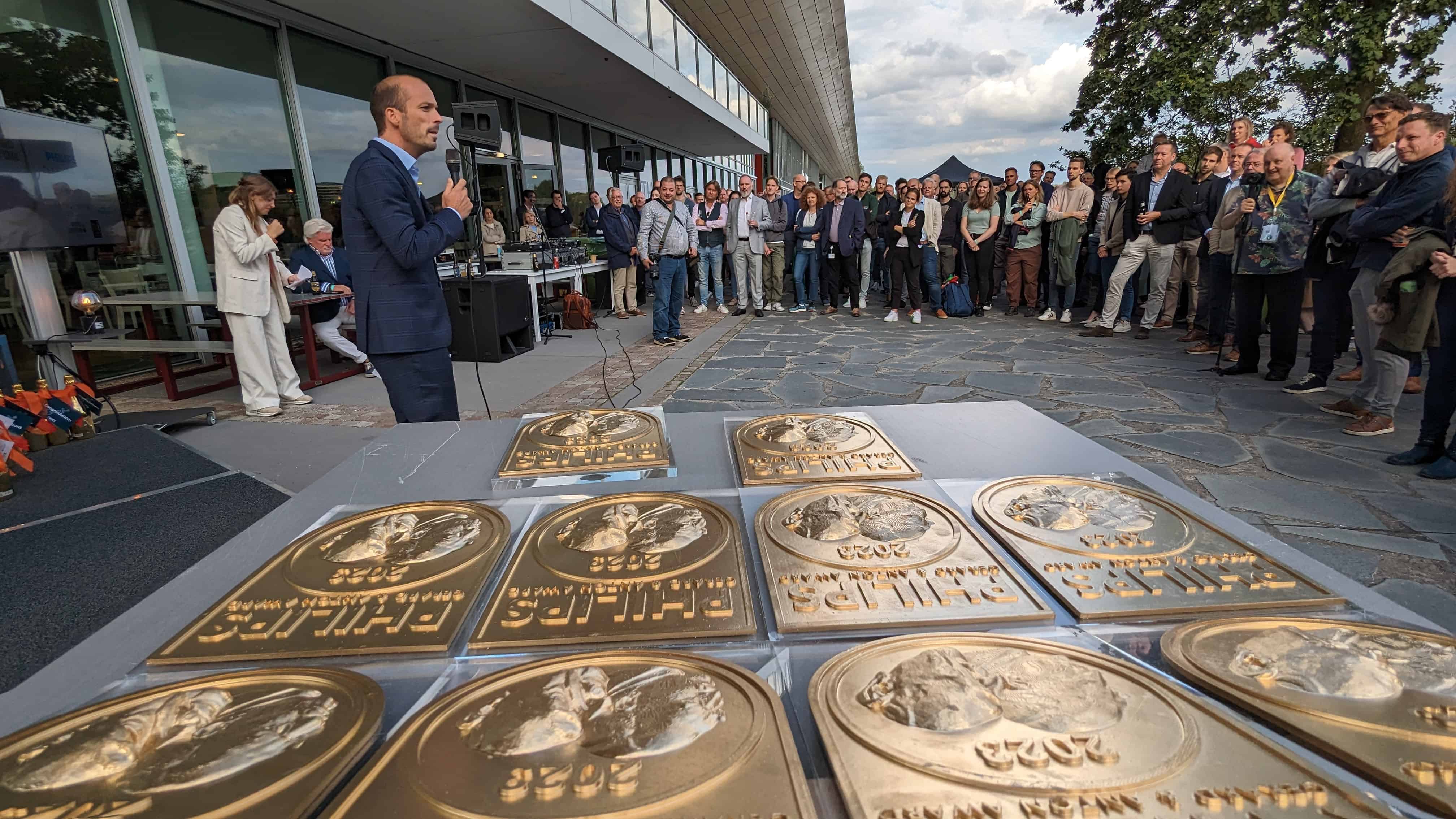
The Gerard & Anton Awards have been presented again! High time to have a closer look at the winners and what we can expect form these start-ups in the coming years. Today: Chromodynamics.
Read all our article on the Gerard & Anton Awards here
Founder: Wouter Vijvers
Founded in: February 2019
Number of employees: Hopes to be able to hire the first employee soon.
Funding: Two grants were awarded. One of these is an MIT (SME Innovation Stimulation Top Sectors) feasibility project via the Stimulus Fund. The second is via ATTRACT, a European subsidy scheme. Furthermore, the first revenue is on its way.
Jury report: The jury wrote this about Chromodynamics in its report: “This DIFFER spin-off has been founded this year and has already won several awards. Chromodynamics is able to bring chemistry to life and thereby offers groundbreaking applications in energy and medical research. One of the first studies that they worked on was in the field of nuclear fusion.”
What do you do?
“Chromodynamics develops camera systems that enable high-tech companies to capture images of the chemical composition of their product. We want to help these companies to determine whether the process is going well during the manufacturing process. As soon as a problem arises in the manufacturing process which is detrimental to the quality of the product, our camera notices it. Aside from that, it provides clear insight into where the problem lies.”
“The camera photographs images of the important properties of a material in real time. This way the camera can show what molecules are in a particular product. This allows them to see, for example, whether there are any impurities in a material. This can be useful, when manufacturing thin layers, for instance. These are used for various products such as solar cells, carbon materials and in the application of protective coatings. This layer must have exactly the same composition and properties across a large area. Our camera immediately sees when this is not the case.”
How did you come up with the idea?
“For my earlier research into nuclear fusion, I needed a camera system that could analyze light far better than the cameras that were already available on the market. An ordinary camera splits all the different colors into three basic colors: red, blue and green. But I needed a camera that could look at highly specific colors.”
“In the end, I started to make them myself. When the camera really worked and produced great data that could be analyzed in real time, I realized that we had a unique instrument on our hands. There are certainly similar cameras on the market that can distinguish between colors very well, quickly take pictures or that have a high resolution. But it is often the case that such a camera has one or two of the three characteristics, whereas my camera has all three. This is not necessary for all applications, but we are now looking for the niche area where this has the most added value. As, for instance, in the production of thin layers.”
What motivates you to bring this to the market?
I want my time on earth to have made the world look a little better than it was. I see a lot of socially relevant applications where my camera can provide better, cheaper or newer products. The emergence of graphene, a new carbon material that is being produced, could lead to better batteries and solar cells. This could be useful for electric cars and computers. It’s got a lot of potential. I hope to be able to contribute to this with my camera so that other people can come up with better solutions for various problems.”
“In the end, I hope that my camera can be used in medical science. It could be a tool for better and faster diagnosis of certain types of cancer. The medical market is a busy market where various companies offer diverse solutions to the same problem. That’s why I want to focus on the industry first. Then, in a few years time, I still will be able to explore the medical area.”
What is your goal for the company?
“My personal goal is that my company will have a significant, positive impact on the world and society. I want to offer good, new tools that will allow our future customers to bring new products to the market as well. In order to achieve this, I believe that the company still needs to grow. The long-term goal is for a few hundred people to be working on different cameras at Chromodynamics.”
What can we expect from them in the coming year?
“I hope to have a working prototype in a year from now. Currently, I also have a patent application pending for that specific camera. Hopefully by that time, I will also have a patent for the technology. As well as that, I want to build a solid foundation for the team by next year, a team of about four or five people would be fantastic. Building on that, I want to have a comprehensive business model on paper.”
“Based on these milestones, I want to organize the first investment round by the end of 2020. Of course, I’m also already trying to sell a few models of the camera I have now developed. In any case, the first revenue is on its way. This is some design work that I am going to do in collaboration with TNO, DIFFER, AST and ITER, with a view to developing a spectroscopy tool for ITER’s large-scale machine. An American research group has also expressed an interest. They want to buy a copy if they receive a grant.”
“There are increasingly more opportunities in the industry for my camera, and the company is continuing to develop. I, too, am becoming more and more of an entrepreneur than a scientist. That’s pretty amazing to see.”








